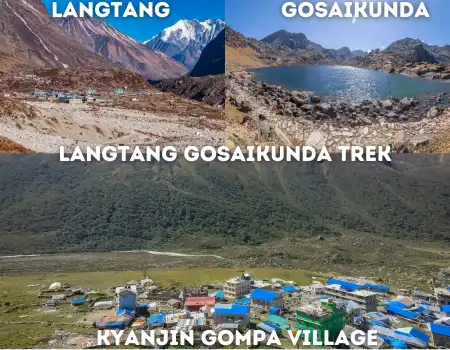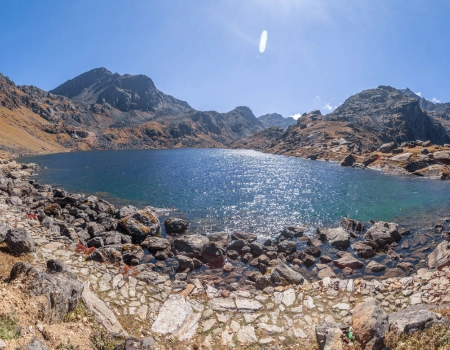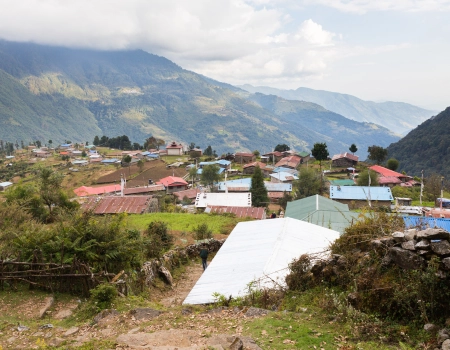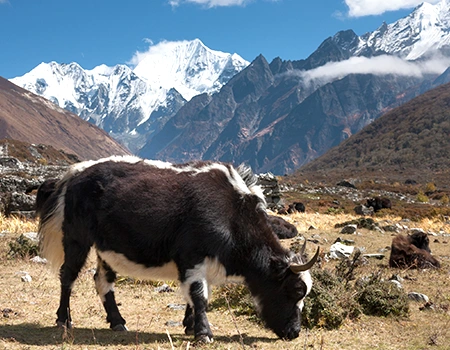Introduction of Langtang Region
Trekking in the Langtang region is a popular adventure activity in Nepal. It offers individuals the opportunity to see the beautiful Himalayas and learn about the unique culture and way of life of the local people. The Langtang mountain range, which is north of the Kathmandu – Valley and shares a border with Tibet, gives the area its name.
The Langtang region trekking route is about 110 kilometers long and goes through some of the most beautiful parts of the Himalayas, such as lush forests, trickling waterfalls, glaciers, and peaks covered in snow. Trekkers can expect to see a lot of different plants and animals, like the elusive red panda and many different kinds of birds and butterflies.
Tamang, Sherpa, and Tibetan communities all live in the Langtang region. Each of these groups has its own customs, traditions, and language. Trekkers can go to traditional villages, talk to the people who live there, and learn about their way of life, which hasn’t changed in hundreds of years.
Langtang Region Trek Packages
The trek starts in Syabrubesi, a small village that is 1,550 meters above sea level. The trail slowly goes up through Langtang National Park, which is home to several endangered animals like the red panda, snow leopard, and Himalayan black bear. Before reaching Gosaikunda Lake, a holy lake at an altitude of 4,380 meters, the trek goes through several villages, such as Langtang Valley, Kyangjin Gompa, and Thulo Syabru.
Trekking in the Langtang region is a moderate trek that is good for averagely fit trekkers. The best times to go trekking in the Langtang region are in the spring (March to May) and fall (September to November), when the weather is nice and the skies are clear and you can see the mountains in all their glory.
In the end, trekking in the Langtang region is a great way for adventurers to see the beauty and cultural diversity of Nepal’s Himalayas. Trekking in the Langtang region is a once-in-a-lifetime experience because of its beautiful scenery, unique culture, and wide range of wildlife.






